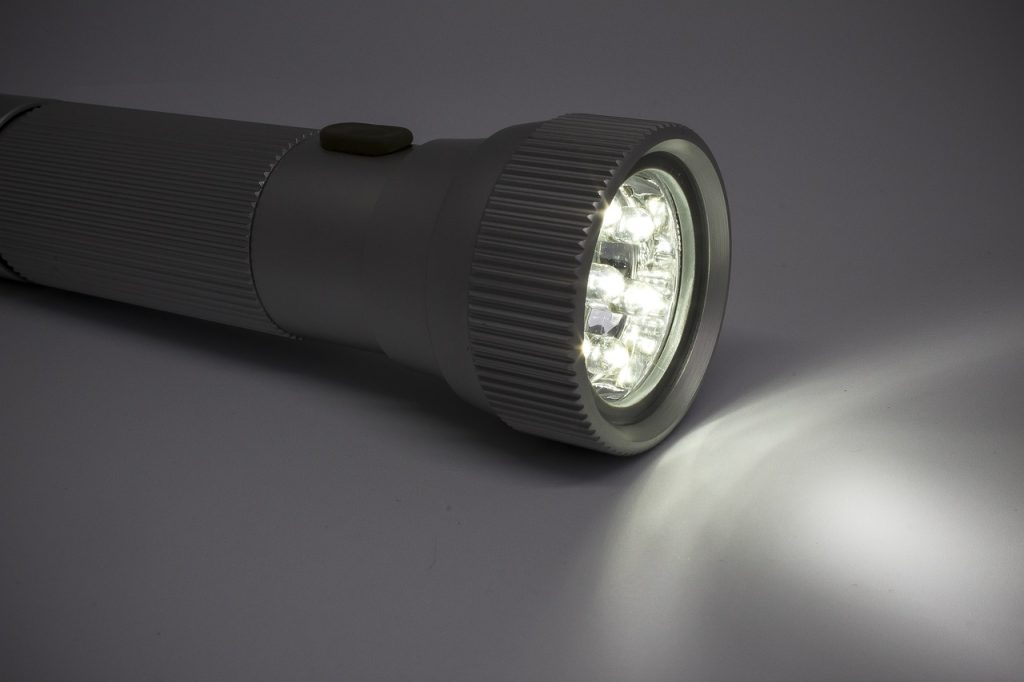Power outages can be more than just an inconvenience when temperatures drop—they can quickly become hazardous if you’re not prepared. With the risk of losing heat and electricity, it’s important to have a few key items on hand to keep your home safe, warm, and functional. Here are three essential things you’ll want to have in your home in case of a power outage during colder months.
- Alternative Heat Source: Portable Heaters and Fireplaces
When the power goes out, so does your home’s central heating system. That’s why having an alternative heat source is critical, especially in colder climates. Some excellent options include:
Propane or Kerosene Heaters: These portable heaters can keep a room warm even when the electricity is out. Be sure to choose models that are rated for indoor use and have safety features like automatic shut-off and low-oxygen sensors.
Wood-Burning or Gas Fireplaces: If you have a wood stove or a gas fireplace, you’re in luck. They can provide hours of consistent heat. Just make sure you have plenty of wood or fuel stocked up and that your chimney or vent is clean and in good working condition.
It’s important to note that any alternative heat source you use should be well-ventilated to avoid carbon monoxide buildup. Keep a carbon monoxide detector with battery backup in your home and test it regularly.
- Emergency Lighting: Lanterns, Flashlights, and Candles
Power outages during winter months mean longer periods of darkness. Having reliable sources of light is essential not only for convenience but for safety.
Battery-Powered or Rechargeable LED Lanterns: These provide ample light for larger spaces, and many modern models offer hours of illumination on a single charge or set of batteries. Consider keeping one in each main room of your home.
Flashlights: Flashlights are a must-have for moving around in the dark safely. Be sure to store them in easy-to-find places, along with extra batteries.
Candles and Matches: Candles can create a warm, cozy atmosphere, but they’re also highly practical in a pinch. Always place candles in sturdy holders, away from anything flammable, and never leave them unattended.
While candles add ambiance, they shouldn’t be your primary light source due to the fire risk. Stick to LED lanterns and flashlights for extended use.
- Non-Electric Cooking Options: Camp Stove or Portable Grill
If your stove relies on electricity, cooking meals during a power outage can be tricky. Having a non-electric cooking option can make a world of difference, especially if the outage lasts more than a day.
Camp Stove: A propane or butane camp stove is a perfect backup. It’s portable, easy to use, and allows you to boil water or cook basic meals indoors (with proper ventilation).
Portable Grill: If you have a propane or charcoal grill, it can be a lifesaver for cooking food. Make sure you have plenty of fuel stored safely for extended outages. Keep in mind that grills should only be used outdoors to avoid the risk of carbon monoxide poisoning.
Another smart move is to stock up on ready-to-eat, shelf-stable foods that don’t require cooking, such as canned soups, energy bars, and peanut butter. Having a manual can opener is equally important to access canned goods.
Bonus: Power Banks and Battery Backup for Devices
Although not necessary for survival, staying connected during a power outage can be essential. Having charged power banks or a battery backup system can keep your phone or other small devices powered, allowing you to receive emergency updates, contact loved ones, or use your device as a flashlight in a pinch.
Final Thoughts
Preparation is key when it comes to power outages, especially during colder temperatures. By having an alternative heat source, emergency lighting, and a non-electric cooking option, you can ensure that you and your family stay safe and comfortable no matter how long the power is out. Don’t wait until a storm is looming—start stocking up on these essentials today so you’re ready when the lights go out.

